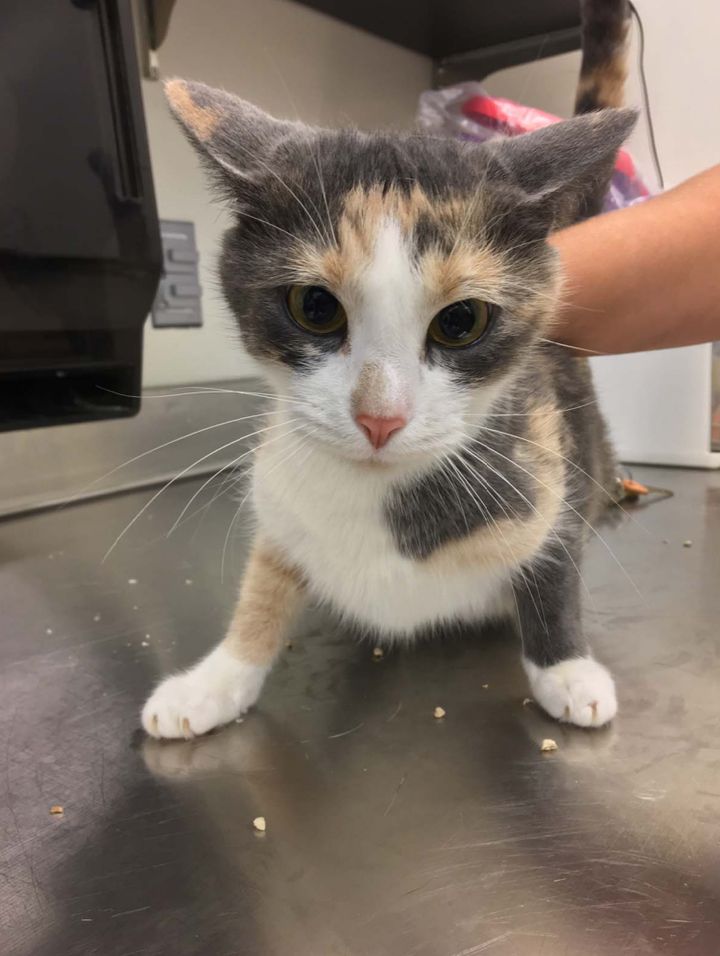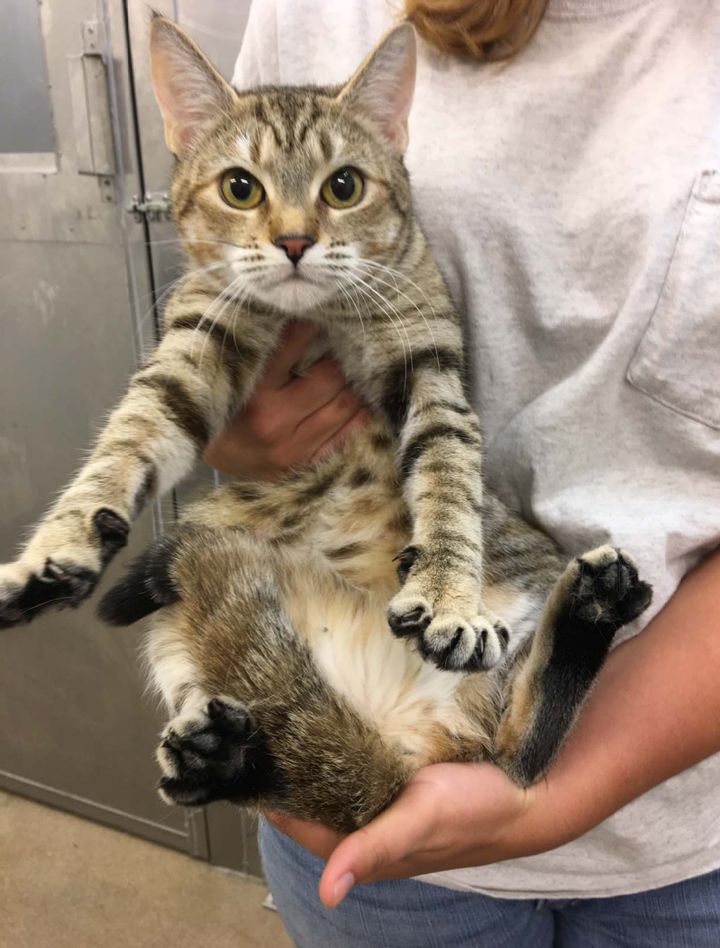Deadly research on cats and kittens will come to an end at the U.S. Department of Agriculture’s Agricultural Research Service, the agency announced Wednesday.
The agency said cats will no longer be used as “part of any research protocol in any ARS laboratory” and that the remaining 14 cats in its labs are in the process of being adopted by USDA employees.
Since the ARS is the only sector of the USDA that uses cats in research, that means that no more cats will be test subjects at the USDA, Justin Goodman, vice president of advocacy and public policy for the White Coat Waste Project, told HuffPost in an email.

Goodman’s organization, which fights taxpayer-funded animal testing, released two reports over the past year about the USDA’s experimentation on cats that led to a public outcry. Both reports were related to the department’s research on Toxoplasma gondii, a parasite that can spread through the feces of infected cats and cause a disease called toxoplasmosis.
Last year, the White Coat Waste Project revealed the USDA was infecting kittens with the parasite so that researchers could glean oocysts ― an early stage of the parasite ― from the animals’ feces. The agency killed the kittens when the research was complete.
Last month, the White Coat Waste Project released a second bombshell report, this one detailing research that involved the USDA purchasing hundreds of cats and dogs from shelters and meat markets overseas, killing them, and then feeding them to cats in labs in the United States. The purpose was to research the prevalence of toxoplasmosis around the world, LiveScience reported.

Shortly after first the report came out, Rep. Mike Bishop (R-Mich.) introduced the Kittens in Traumatic Testing Ends Now Act of 2018 to end painful or stressful testing on cats. Sen. Jeff Merkley (D-Ore.) introduced a Senate version of the bill a few months later.
The 14 cats the USDA ARS is adopting out have never been infected with the Toxoplasma gondii parasite, the agency’s press release said. Goodman told HuffPost that those cats are the last ones remaining in any USDA lab.
Toxoplasmosis, the disease the parasite causes, can result in a mild, flu-like illness — or, in people with compromised immune systems, a severe illness. Pregnant women who contract the parasite can potentially have miscarriages, stillborn infants, or babies with serious health issues.
People typically contract the parasite by eating undercooked, contaminated meat, consuming contaminated water, or accidentally consuming cat feces or soil containing the parasite.
The Centers for Disease Control and Prevention estimates that more than 40 million people in the U.S. carry the parasite, though the vast majority never have any symptoms. Even so, the CDC considers toxoplasmosis to be a “leading cause of death attributed to foodborne illness” in the U.S.
